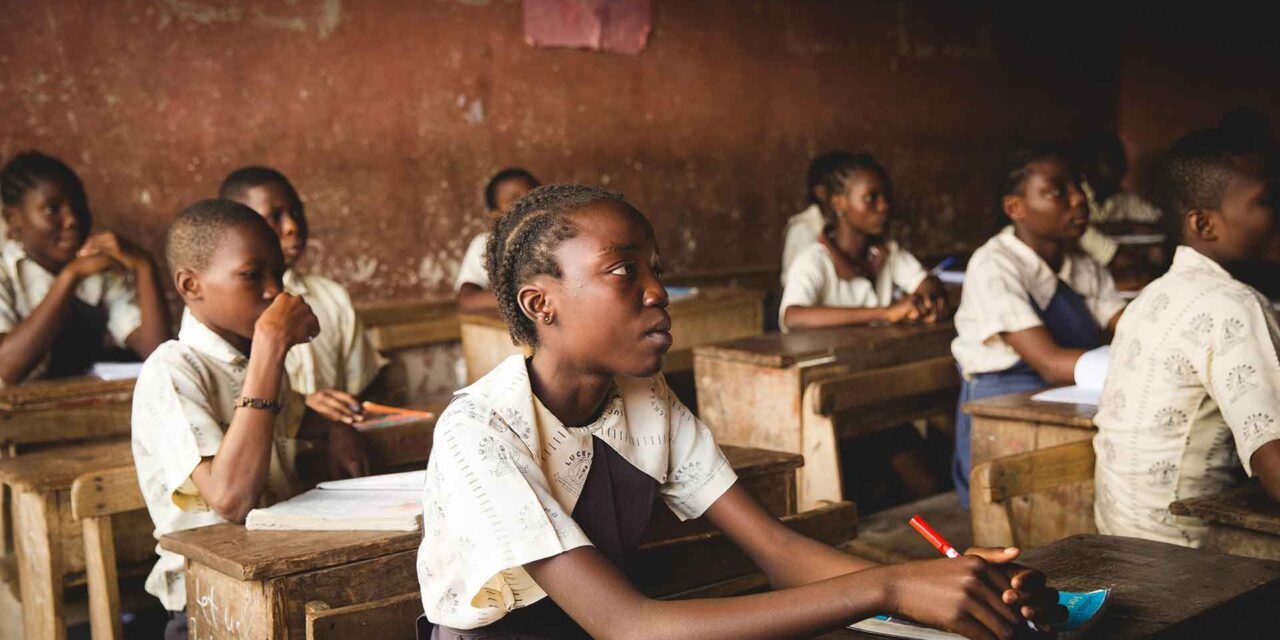The state of education around the globe varies widely depending on the country, region, and socioeconomic status of the population. While some countries have made significant progress in improving access to education and increasing literacy rates, others continue to struggle with high rates of illiteracy and inadequate resources.
One of the most significant challenges facing education globally is access. Many children, particularly in developing countries, do not have access to schools, or if they do, the schools may lack basic resources such as textbooks, qualified teachers, and proper facilities. In addition, poverty, cultural norms, and gender discrimination can all create barriers to education, particularly for girls.
Another key issue is quality. Even in countries where education is widely available, the quality of education can vary greatly, with some schools and teachers providing a much higher standard of education than others. This can lead to significant inequalities in learning outcomes, with students from disadvantaged backgrounds often falling behind their peers.
Finally, there is a growing recognition of the importance of digital literacy in the 21st century. As technology continues to play an increasingly important role in both work and everyday life, the ability to use digital tools and access online resources is becoming essential. However, many schools around the world lack the resources or expertise to effectively incorporate technology into the curriculum.
Overall, while progress has been made in many areas, there is still much work to be done to ensure that every child has access to quality education, regardless of their background or where they live.





